“Unbuilding Walls”: SCI-Arc Alumni GRAFT Architekten Represent Germany At the Venice Architecture Biennale
The German Pavilion at the Venice Architecture Biennale this year greets visitors with an optical illusion. What, at a distance, appears to be a solid black wall is really a combination of staggered, upright panels and broad black stripes of paint on the floor, allusions to the long shadow cast by the Berlin Wall. For 28 years, the simple strip of concrete was a stark separation between ideologies, allegiances, and resources. According to the heroic legend, the wall fell on November 9, 1989 and brought that separation down with it— but the truth is more complicated than that.
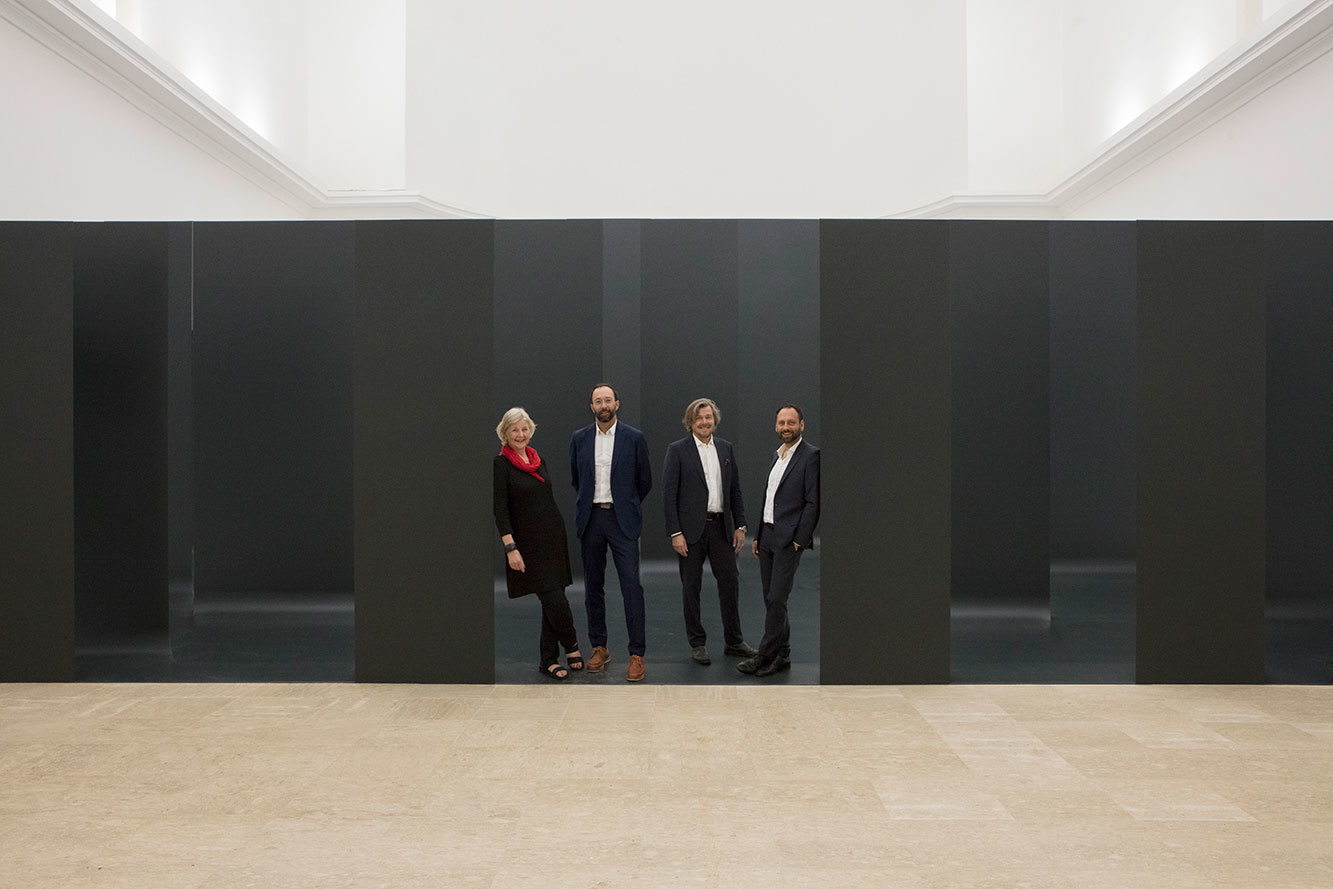
Twenty-eight years later, the Venice Architecture Biennale’s German Pavilion curators Graft Architects (the Berlin-based firm founded by SCI-Arc alumni Lars Krückeberg and Wolfram Putz with Thomas Willemeit) and former politician Marianne Birthler present “Unbuilding Walls,” an exhibition on the arduous process of reunification. In response to the biennale’s theme of “Freespace,” they focus on developments that emerged in the void that the Berlin Wall left behind.
“We have a lot of territory in Germany that was freed by the reunification,” says Putz, and consequently various interest groups who have wanted to conquer it with different ideals of freedom and ownership.
“The club scene cannot be underestimated,” says Krückeberg, highlighting one of the exhibits: the reclamation of abandoned basements, electric plants, and other industrial buildings as nightclubs. Icons like Watergate, Tresor, Berghain, and many others now occupy the freespace of the former death zone, the high surveillance no-man’s land of that once flanked that physical wall. Now-shuttered clubs like WMF and E-Werk sited near Potsdamer Platz and Leipziger Platz emerged immediately after the wall fell.
It was an “architecture without architects,” as Putz describes it, serving as a coping mechanism for a city’s trauma. “We were dancing to this music that doesn’t have words—techno,” adds Krückeberg, “and no one cared what was East or West.”
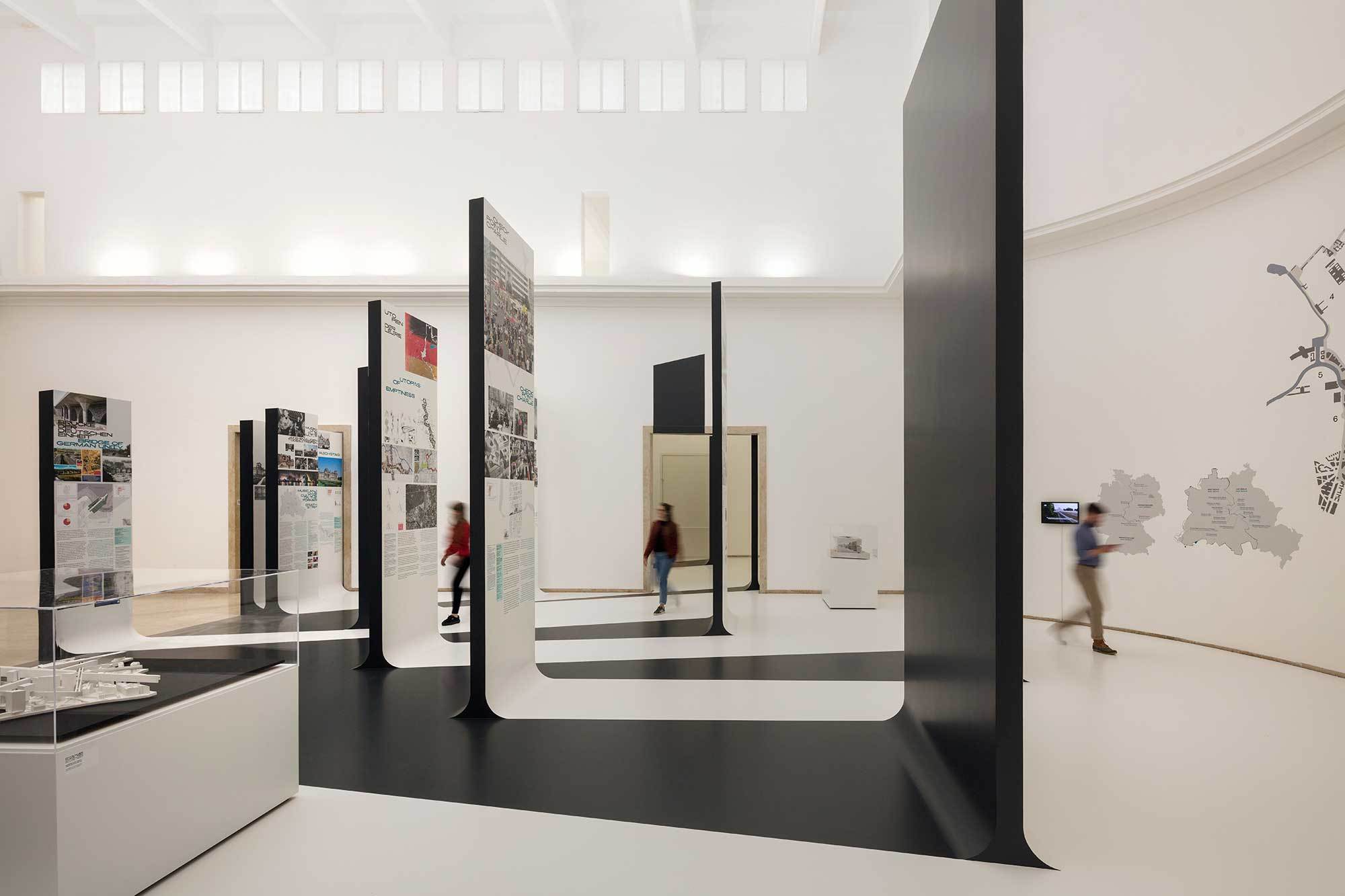
Graft’s approach to the biennale this year reflects a pluralistic shift in architectural exhibitions, which lately have reflected less on the design of buildings and more on their implications for society at large. (“SCI-Arc was where we learned that you can talk about architecture and you can think about architecture in a very different way,” says Putz, recalling that his multidisciplinary classmates included theorist Neil Denari, a Japanese paper-maker, and the late Nader Khalili, who at the time “was making adobe structures in the parking lot.”)
The Graft team noted the narrowness of their own perspective. “We’re all West Germans, we’re all the same age, and we’ve worked together for a long time,” says Krückeberg. Marianne Birthler, meanwhile, the female East German politician who led a federal agency from 2000 to 2011 brought a different perspective, and not only demographically; she also disrupted their architect-speak in order to appeal to a broader audience. “She would be the one to say, ‘I don’t get it,’ or ‘That’s powerful, that’s strong.’ As a politician she made us think very carefully about what we say and how we say it.”
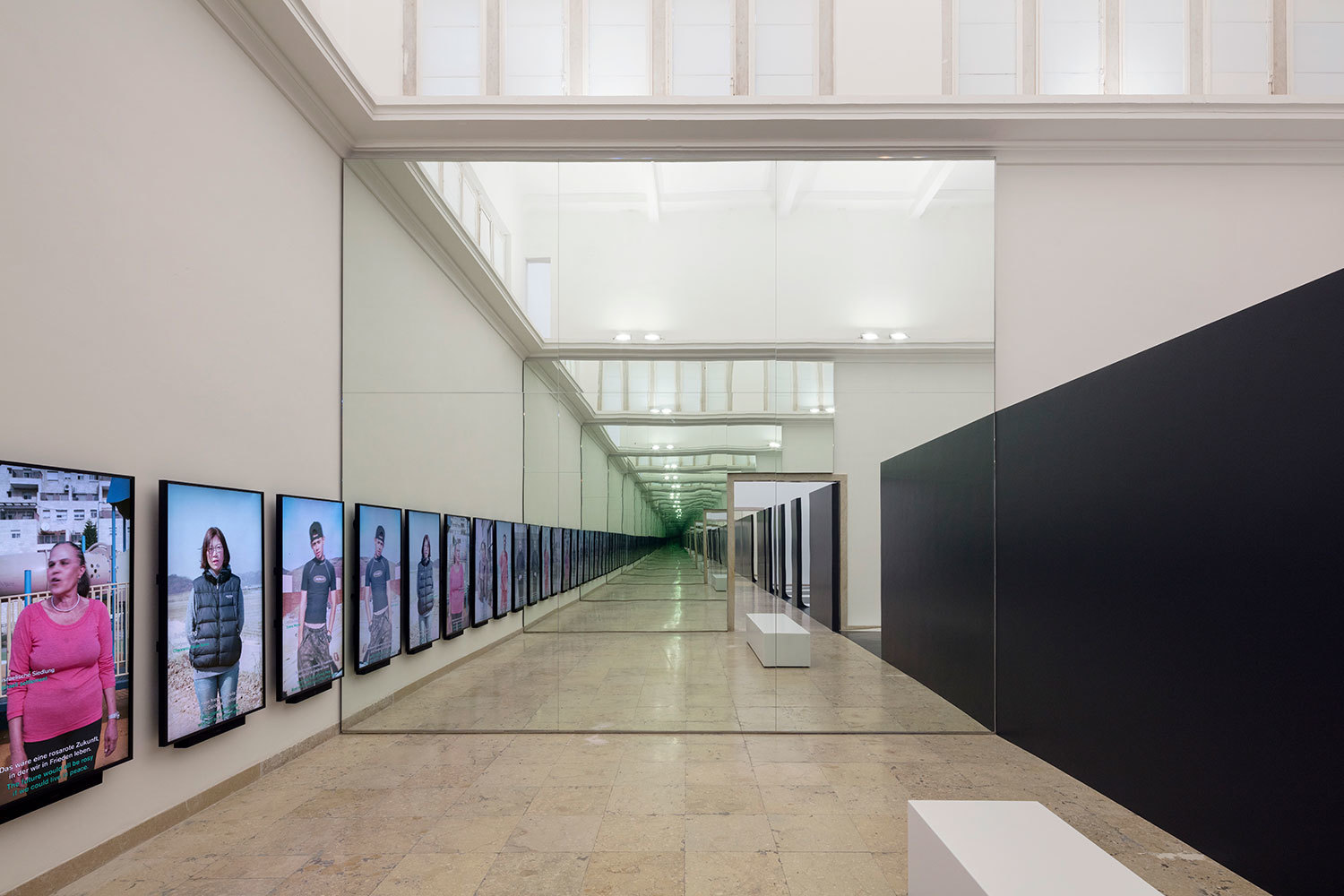
As the authors of “Architecture Activism,” the founders of Graft have been longtime advocates of the idea that all architecture is political. At the height of the Cold War, the Berlin Wall epitomized political architecture for Germans, but lately, Putz says, “This is more than a German topic right now.”
Looming large in today’s political sphere, what walls have come to symbolize is a fierce point of contention. A wall can stand for fortification and national security, or it can manifest a hostile gesture of exclusion and a turn to isolationism. Walls carry inherent themes of border control and the limits of migration, which resonated throughout the biennale’s national pavilions this year: The United States’ Pavilions’ critical “Dimensions of Citizenship”; Belgium’s optimistic civic forum “Eurotopie”; Brazil’s “Walls of Air”; or the United Kingdom’s “Island.” In 2018, the body politic is globalized, further complicating the separatist ideals that walls stand for.
“There was a moment of freedom,” once the wall fell, says Putz, that was immediately interrupted by the difficulties of reconnecting. On a practical level, there was the construction of continuous powerlines and railroad tracks; below were the more complicated questions of how to build new spatial narratives and common identities.
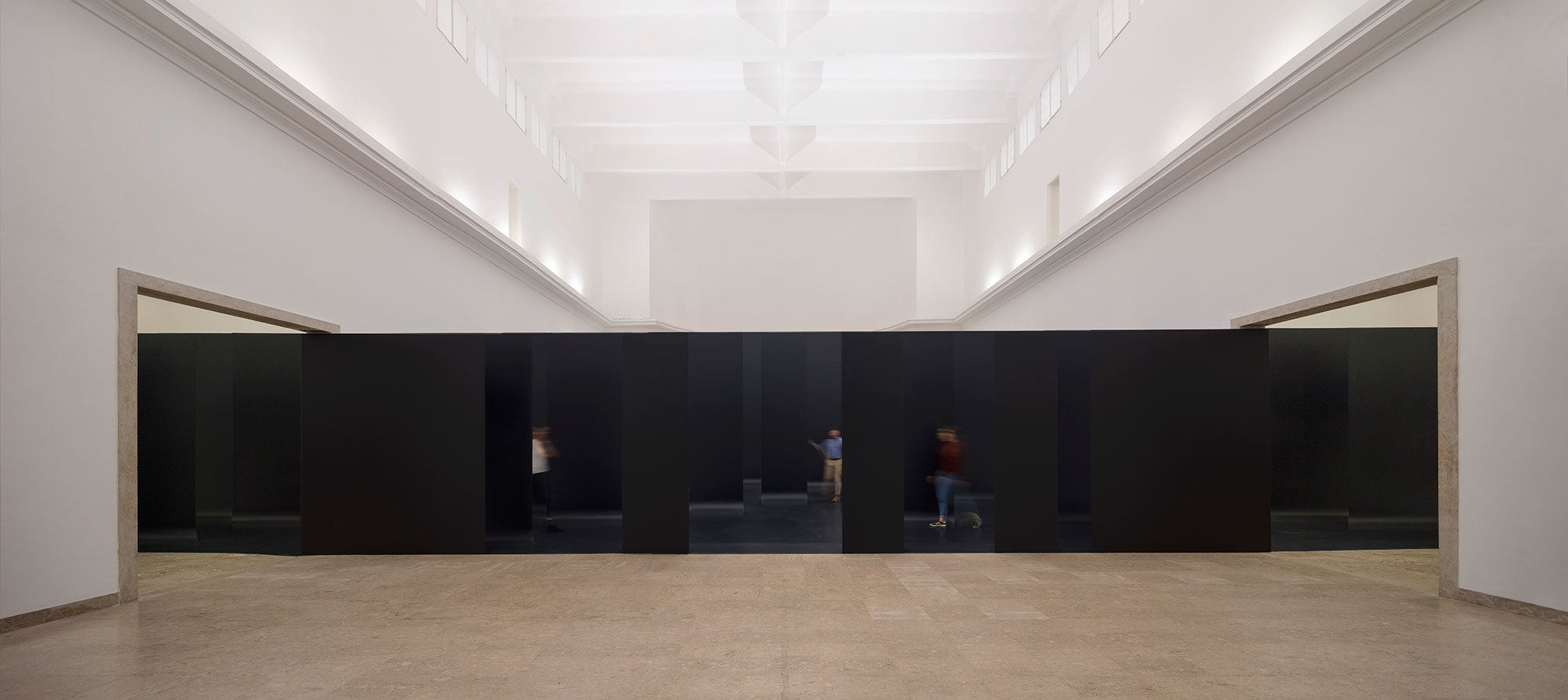
The German Pavilion charts different points in the reunification process, each commemorating the wall in various ways. There’s OMA’s forthcoming complex for news publisher Axel Springer in Berlin, which straddles a site where the wall once stood. It traces the wall’s path with a void, a multi-level, terraced atrium where bustling newsrooms operate out in the open. “It’s not a memorial where you bring your flowers,” says Wolfram, but a living, productive testament to a lethal past.
Other voids with similarly rosy implications also come at a price. The Green Belt, a verdant nature reserve, now grows on the site of the Inner German Border, the longer but lesser-known architecture of the Iron Curtain. From 1949 to 1990, it was the separating mechanism of the German hinterlands, running from the Baltic Sea to then-Czechoslovakia. Today, the belt is home to 1,200 species of endangered wildlife, various rare orchids and black storks, but no people. Communities that fell on or too close to the border’s path were forcibly resettled decades earlier; the exhibition features the villages Jahrsau and Lankow as two examples that were razed entirely in the 1970s. Today, many of the displaced have yet to return. More than fifty villages remain deserted, which the exhibition characterizes as a failure of reparations.
“We’ve basically been unbuilding our walls for the last 28 years, and we’re not done yet,” says Putz. The reunification process has now endured longer than the actual wall, and yet the shadow it cast remains. Currently, as the United States undergoes its own growing divisiveness and the threat of totalitarianism, the Germany Pavilion is a warning sign. “Is not particularly about walls, but what comes after they’re gone,” says Putz. “The secret meaning is to think hard before you build them.”
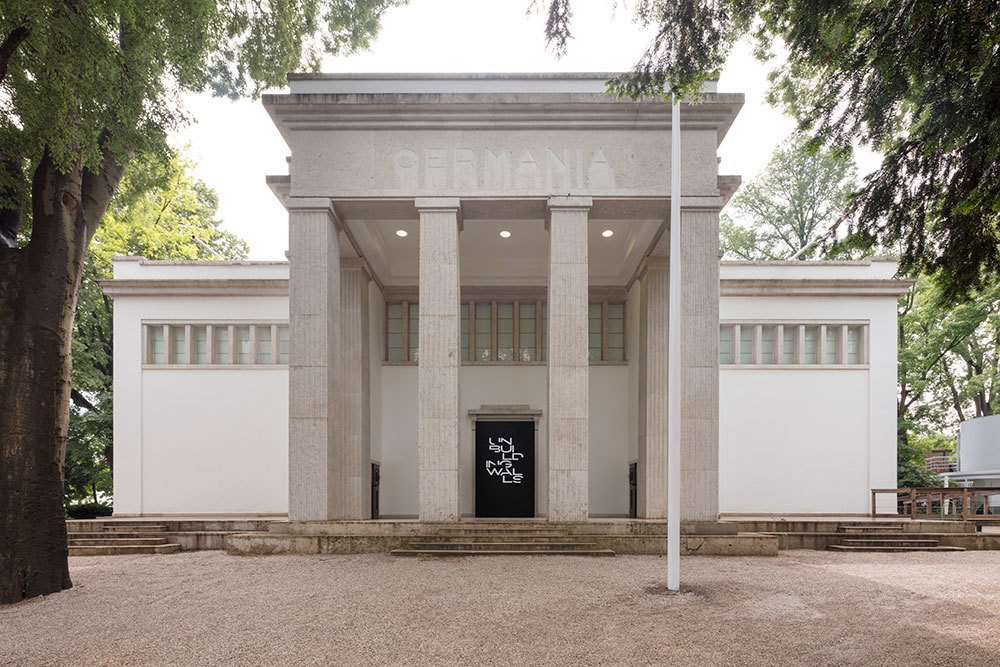
(All images courtesy of Jan Bitter)